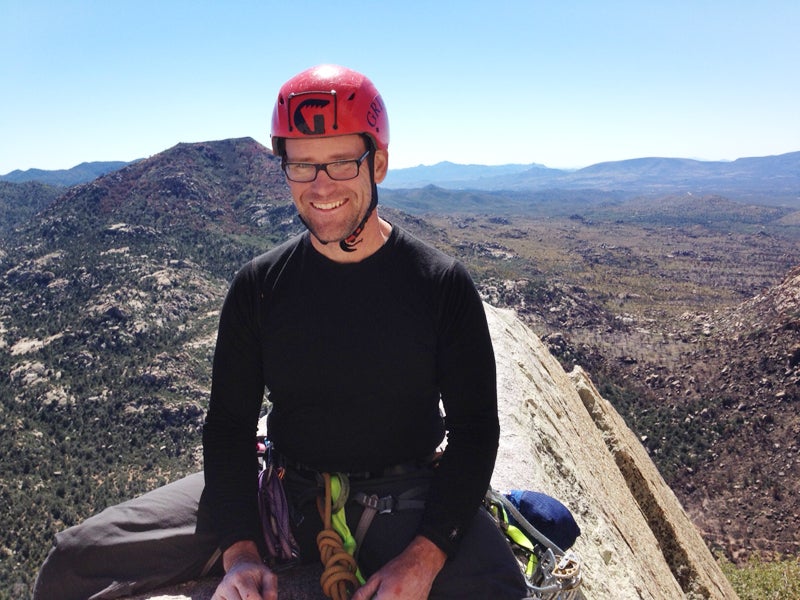Artists Who Love Wolves: An Interview with Walt Barker
Learn more about the artists behind the Join the Pack wolf art campaign and why they’re passionate about wolves.

This page was published 9 years ago. Find the latest on Earthjustice’s work.
Last summer, Earthjustice partnered with the Creative Action Network (CAN) to launch “Join the Pack,” an art campaign that combats age-old stereotypes about the gray wolf and celebrates the species as an icon of the wild. Artists heeded the call to create a body of work that brings attention to the plight of the gray wolf. In this blog series, we interview the artists behind the beautiful art submissions to learn what inspired them to imagine a kinder, gentler Big Bad Wolf.
The following is an interview with artist Walt Barker.
RO: How did you get your start as an artist?
WB: I began taking photographs with a 35mm camera when I was 14. I took pictures of off-beat kind of stuff—old tree stumps, twisted vines, etc. From there, I had a circuitous creative path to my current practice. My father and grandmother were both skilled artists and that exposure helped.
RO: What inspires you about wolves?
WB: I’m inspired by what wolves can teach us about our world and ourselves. I have worked in federal land management and have a degree in wildlife biology; both gave me opportunities to observe wolves in the wild. They are social creatures, as are humans. If you watch their behavior close enough, you get a sense that nature is rarely wasteful. I think there is a lesson in that.
RO: How did you come up with the idea for your design?
WB: My design was based on my own reaction to several encounters with wild wolves. In each case, I was struck by how much a part of the landscape they were, how they were just one of many indispensable aspects of the ecosystem. I also wanted to show them as beings in their own right.
RO: Wolves are in the crosshairs now. What do you think needs to be done to protect them?
WB: I think awareness is very important, even if it’s just seeing a wild wolf through binoculars; that can be very powerful. The more people who are able to see them as living, breathing animals instead of a media perception, the better.
RO: Do you think art can change the public’s perception of wolves?
WB: Absolutely. Wolves are carnivores, and they do hunt, but that’s only part of the story. I think the depiction of some other aspects of their lives is long over-due. I think people are ready to see that.
RO: Anything else you want to share with our readers?
WB: I think an integral part of conservation is identifying with nature in some way. Empathy for other living things can be fostered by time outside. I think this is especially important for youth to experience.
Thanks to Walt for sharing his thoughts with us! Check out more art and learn how you can help protect wolves.